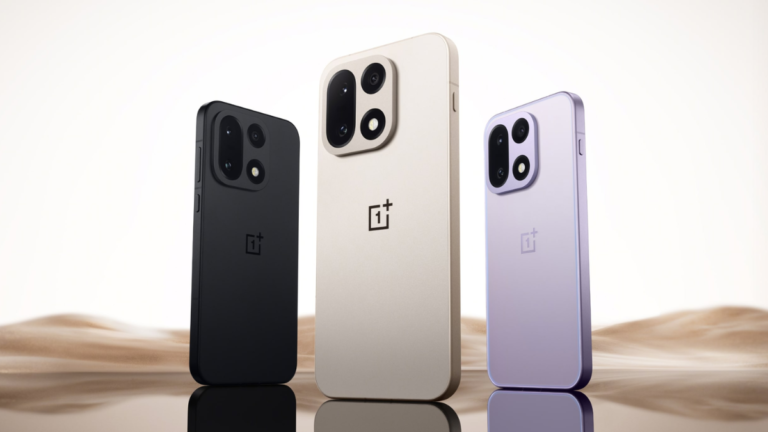OnePlus has just launched its newest flagship, the OnePlus 15, but despite a fresh set of specs and a bigger battery, some key changes raise eyebrows. But what was really surprising was the price hike in Idia. On paper, the OnePlus 15 offers clear performance gains, but it also comes with compromises when compared to its predecessor, the OnePlus 13. From display hardware shifts to camera downgrades, here’s a detailed look at what has changed.
1. Display Changes: Smoother, But Less Sharp

OnePlus 15
Even before the release of the OnePlus 15, it was clear that the brand was steering away from its flagship killer focus and becoming a performance focused premium phone that doesn’t cost an arm and a leg like iQOO flagships. The new OnePlus 15 brings a super smooth 165Hz refresh rate; however, it achieved this by making changes to the display resolution.
While the OnePlus 13 featured a QHD+ screen, the OnePlus 15 downgrades to a 1.5K resolution. So you’re losing the sharper display for a faster panel, which you would only notice in select games that support the higher refresh rate. By default, the screen usually functions at a 120Hz refresh rate. OnePlus has defended the decision as a trade-off for fluidity and efficiency, but this seems like a slight trade off. However, if you look at it from a performance perspective, the lower resolution also enables better performance in games.
2. Camera System: Goodbye Hasselblad, Hello DetailMax

One of the biggest compromises for long-time OnePlus fans: the Hasselblad branding is gone on the OnePlus 15. In its place is a new “DetailMax” imaging engine, which OnePlus says enhances clarity and low-light performance through AI processing. The triple 50MP setup remains (main + ultrawide + telephoto), but the telephoto zoom has increased to 3.5× optical.
On paper, it’s an improvement, but the smaller sensor sizes and narrower apertures reportedly hurt low-light performance, especially compared to the 13’s more mature camera setup. For users who bought the 13 for its Hasselblad-optimized camera, this feels more like a sidestep than a leap.
3. Performance, Cooling, & Battery

OnePlus 13
On the performance front, the OnePlus 15 is a clear upgrade. It is equipped with the Snapdragon 8 Elite Gen 5, which is a newer, more efficient chip that outpacesthe OnePlus 13’s Snapdragon 8 Elite. Keeping these beefy specs cool is the new Glacier cooling system that pairs a vapor chamber with aerogel insulation to sustain high performance even under load.
The OnePlus 13 already impressed with a 6,000mAh battery pack that supports 100W wired fast charging and 50W wireless fast charging. But the OnePlus 15 takes things a step further with a gigantic 7300mAh Silicon NanoStack battery (largest in OnePlus history) that supports 120W SuperVOOC wired charging and 50W AirVOOC wireless charging. There is also Bypass Charging support to avoid heating during gaming sessions.
4. Pricing Reality
This is where the tension really builds. The OnePlus 15 is launching in India at a higher price than some expected. In the Chinese market, all of these changes translated to a more affordable flagship phone. However, this doesn’t seem to be the case in the Indian market. The OnePlus 13 debuted for Rs 69,999 in India, but its successor arrives with a Rs 3,000 price hike. So, the OnePlus 15 starts from Rs 72,999 for the same 12GB + 256GB model.
If your priority is speed, efficiency and marathon battery life, the 15 is worth checking out. Although, this launch makes it clear that OnePlus is no longer competiting in the high end market with Samsung and Apple in terms of a more rounded premium experience.
For more daily updates, please visit our News Section.
Tech enthusiast? Get the latest news first! Follow our Telegram channel and subscribe to our free newsletter for your daily tech fix! ⚡


